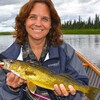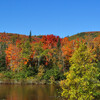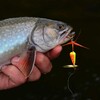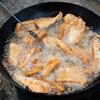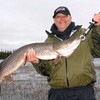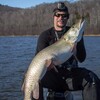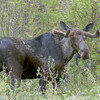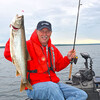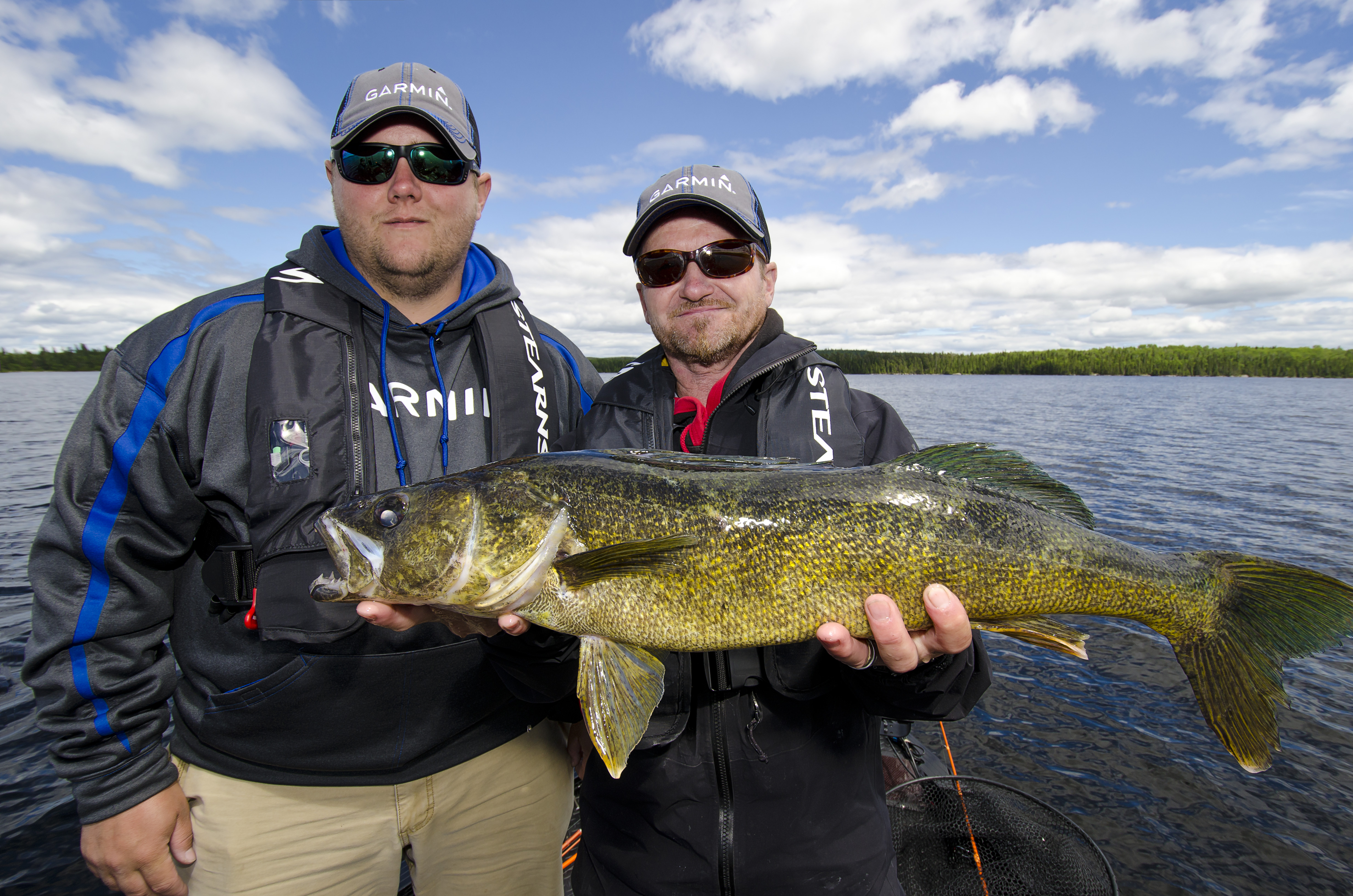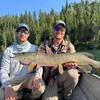
Making Sense of Fishing Scents

Ontario’s Algoma Country hosts some of the best fishing found anywhere in North America. World-class fishing for walleye, pike, musky, lake trout, brook trout and more await anglers who travel to this part of Ontario to wet a line.
The interesting thing about fishing is the outcome is never certain. Even when visiting the best fishing destinations, sometimes the catching is a little lacking. Certainly being “on fish” is the most important element in catching them, but often it’s the little things we do as anglers that turn an ordinary day on the water into an exceptional fishing experience.
Picking a lure that has just the right action, zeroing in on the most productive lure colours, and targeting the right depths. . .these are just a few of the variables associated with fishing that make a difference day in and day out as to how many fish are caught on any given adventure.
Scent Management
Another important variable associated with fishing that many anglers overlook can be summed up as “scent management.” Fisheries biologists have proven over and over again that fish have a highly developed sense of smell that helps them find and capture their preferred forages. Not only are fish attracted to certain desirable odours, they are also repelled by other “not so natural” odours on lures and baits.
The pursuit of scent management is the art of keeping lures free of unnatural odours that can spook fish, while at the same time adding enticing scents to lures designed to actually attract and stimulate fish into feeding.

Smallmouth bass, like this one caught by the author out of Brennan Harbor Resort, are typical of sport fish that can be enticed to bite by using natural fish attracting scents, oils, gels and pastes. (Photo credit: Mark Romanack)
Cleanliness is Next to Godliness
Our fishing lures and baits are routinely subjected to countless unnatural odours that can actually repel fish. Sunscreen, bug dope, gasoline, tobacco and about a thousand other everyday products have strong odours that do anglers zero good when it comes to catching fish. Eliminating these and other unnatural odours from fishing lures and gear is the first step toward success.
A quick bath in a mild detergent like lemon-scented Joy is a good start in removing foreign odours. After washing, rinse with clean water and set lures aside for a few minutes to dry before storing them in tackle boxes.
Understanding Scent Products
The industry is flush with scent products designed to attract fish. Some baits like soft plastics come impregnated with fish-attracting scents and even flavour enhancers. Another option is after-market scent products that are designed to be applied to various lures and even live baits. Most after-market scent products are synthetic concoctions, laced with known fish-attracting substances like anise or garlic. It’s hard to tell if these products work because they actually attract fish, or because they simply cover up or mask unnatural odours on lures!
The latest generation of fishing scents is made using actual forage species that game fish routinely feed on. The leader in this arena is a company called Pro-Cure which makes its scents, oils and sauces using real crayfish, shrimp, alewives, herring, smelt, emerald shiners, leeches, nightcrawlers and other common forage species. Pro-Cure is the only company that has figured out a way to stabilize these natural ingredients into a scented product that has a five-year shelf life!

Adding scent made from natural forage species to fishing lures makes sense at a number of levels. This allows anglers to use a scent that is a natural and common forage for the species of fish they are targeting. For example, smallmouth bass feed heavily on crayfish making this a logical choice for targeting these bottom dwellers.
Lures treated with natural scents are giving off a “scent stream” in the water that helps fish zero in on those lures. To achieve the maximum “scent stream,” the fishing scent has to adhere to lures nicely.
Unfortunately, most after-market fishing scents are water soluble and wash off almost as quickly as they can be applied. The Pro-Cure Super Gels are unique in that the gel base sticks to lures delivering a long-lasting scent stream.
Scent and Live Bait
Most anglers believe if they are fishing with live bait, it’s not necessary to add after-market scent products. Actually, these scent products do a great job on both lures and live bait. When fishing with hard baits, a gel-type scent sticks to these lures and gives off a nice scent stream.
When using live bait like nightcrawlers, leeches, minnows or cut bait natural oils made from these forage species work the best. These oils can be simply spread on the bait, or better yet, they can be injected using a special needle that attaches to the plastic scent bottle. Injecting baits with natural oils and other fishing scents creates a long-lasting and attractive scent stream in the water.
When to Reapply
Even the best fishing scents must be reapplied at some point. Water temperature dictates how long a fishing scent will last when applied to any given lure. On average scent, products should be reapplied every 30 minutes or so.
Summing It Up
The first step in successfully attracting and catching fish using scent products is to make sure your lures are free of foreign odours. Once your baits are clean, it’s time to experiment with scent products to entice the maximum number of bites.
Gel-type scents are the best bet for use with hard baits like spoons, plugs and spinners. Oils and other sauces are best when used in combination with live bait and also cut bait. Get in the habit of reapplying fishing scents about every 30 minutes for the best results. Using scent products never hurts and it often makes the decisive difference on those tough days when fish seem to have lockjaw.
In places like Ontario’s Algoma Country where fishing is world-class, a little help from fishing scents can make a great day on the water that much more exciting and rewarding.
Recommended Articles

The Group of Seven in Algoma

9 Facts to Know about the Agawa Canyon Tour Train

